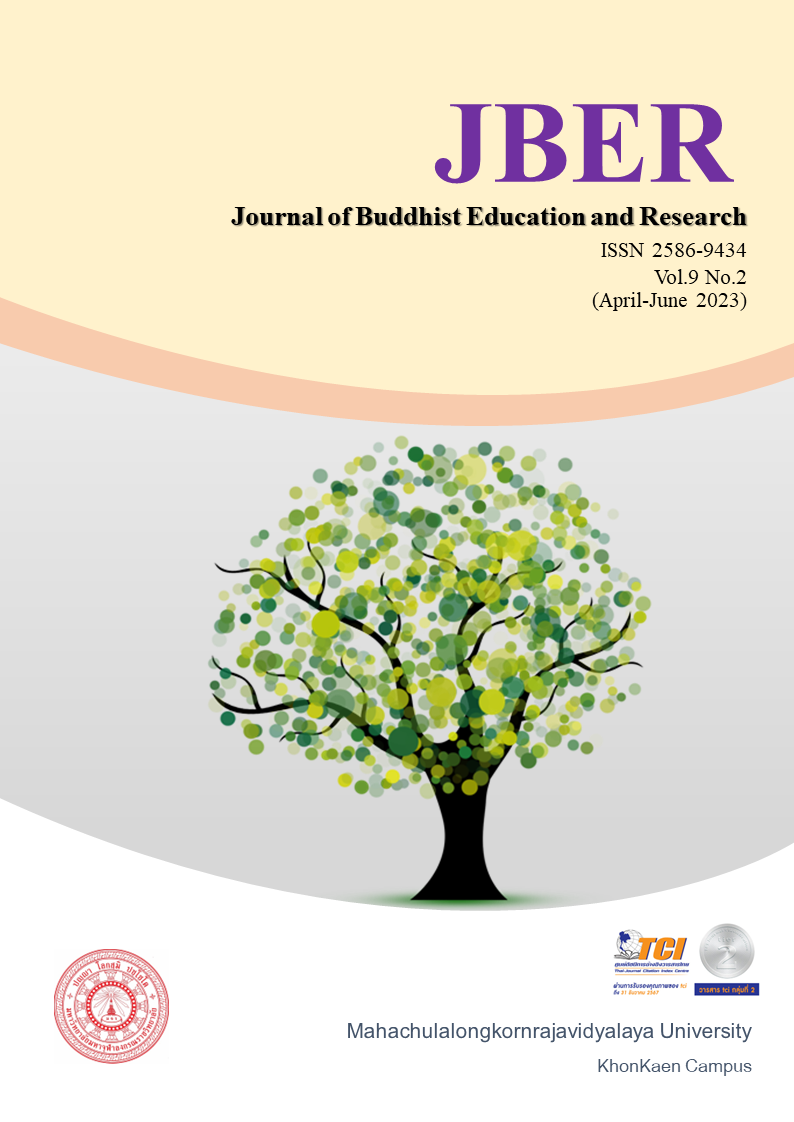ANALYSIS ON THE INFLUENCING FACTORS OF NETWORK INTEGRATED MARKETING ON THE SALES OF BRAND MILK TEA -- TAKING HONEY SNOW ICE CITY AS AN EXAMPLE
Keywords:
Marketing, Integrated network marketing, Marketing strategies, Honey Snow Ice City, Milk tea drinksAbstract
As a popular milk tea brand in China, Honey Snow Ice City has weakened its competitive advantage in cross-border marketing in recent years. This research, hence, aimed to investigate the brand’s network integrated marketing plan and explore factors affecting its sales to provide guidelines for the corresponding milk tea industry. Based on the review of the PEST model and related theories, this research was conducted using a 27-item questionnaire completed by customers of Honey Snow Ice City and focusing on intermediary variables between the brand’s integrated network marketing plan and sales including brand perception, interest, consumer behavior, customers’ feedback and sharing, and interactive communication. Data were analyzed using descriptive statistics. Reliability and validity analysis was also carried out.
According to the results, Honey Snow Ice City was recommended strengthen the normative construction of online communities, investing resources in products, channels and promotion strategies. The implementation of an integrated network marketing plan was recommended to enhance its marketing effect and customer experience. Chinese milk tea brands should strengthen their integrated marketing strategies, highlighting the advantages of their products and services.
References
Chang H H, Su W C. (2008). The impact of customer interface quality, satisfaction and switching costs one-loyalty: Internet experience as a moderator. Computers in Human Behavior, 24(6):2927-2944.
Cheba Katarzyna, Kiba-Janiak Maja, Baraniecka Anna et al. (2021). Impact of external factors on e-commerce market in cities and its implications on environment. Sustainable Cities and Society, 72.
Cremer Stefan, Loebbecke Claudia Selling Goods on E-Commerce Platforms: The Impact of Scarcity Messages. Electronic Commerce Research and Applications, 2021(prepublish)
Jackie L.M.Tam. (2005). Consumer reaction to electronic shopping on the World Wide Web. International Journal of Electronic Commerce, 1(2):59.
Jiao Y, Ertz M, et al. (2018). Social Value, Content Value,and Brand Equity in Social Media Brand Communities: A Comparison of Chinese and U.S. Consumers. International Marketing Review, 35(1):18-41.
Model and Synthesis of Evidence. Journal of Marketing, 52(3):2-22.
Sheth J N, Newman B I, Gross B L. (1991). Why we buy what we buy: a theory of consumption values. Journal of Business Research, 22(2).
Woodruffaa. (1997). Customer value:the next source for competitive advantage. Journal of the Academy of Marketing Seience.
Zeithaml V.A. (1988). Consumer Perceptions of Price, Quality and Value: A Means-end





